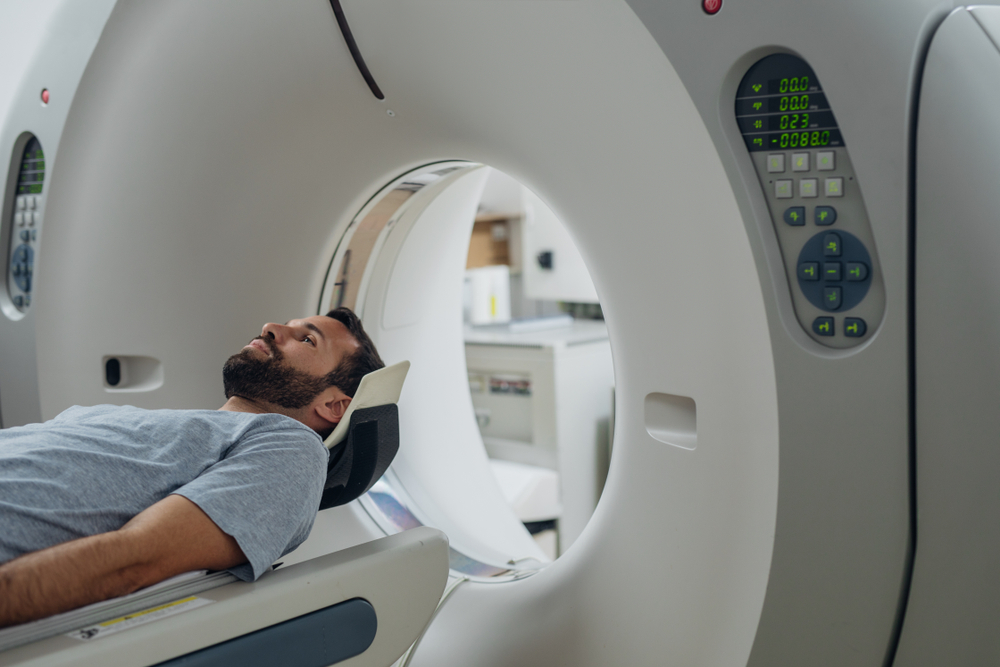Omicron’s Impact on PET-CT Scans

The Omicron variant may be responsible for a new FDG PET/CT uptake pattern discovered early this year.
The Society for Nuclear Imaging and Molecular Imaging (SNMMI) COVID-19 Task Force issued a news release on January 14, 2022, recommending that radiologists consider a previously undetected FDG PET/CT pattern may be associated with the Omicron variant of COVID-19. The new pattern is unlike the FDG PET/CT pattern involving the lungs, seen in previous strains of COVID-19.
Significant, symmetric FDG uptake has been observed in the nasopharynx, oropharynx, and tonsils called Waldeyer’s ring. This pattern has been observed with or without FDG-avid cervical lymphadenopathy, particularly in the suprahyoid neck.
Dr. Munir Ghesani, chief of nuclear medicine/molecular imaging at Mt. Sinai, serves as chair of SNMMI’s COVID-19 Task Force. He notes that he began seeing this particular pattern the first week of January 2022 and reached out to colleagues in Atlanta, Boston, and Los Angeles. They confirmed comparable findings on FDG-PET/CT in cancer patients.
Task Force members postulate that the particular characteristics of the Omicron variant, when combined with the appearance of a new pattern when Omicron is the primary variant, suggest that this pattern correlates with COVID-19 infection.
The SNMMI COVID-19 Task Force recommends that radiologists and other physicians consider the newly-discovered pattern when making a differential diagnosis. The COVID-19 Task Force has offered these recommendations:
- Look at patient records to see if they recently had a positive COVID-19 test.
- Determine if the patient is symptomatic, had recent exposure, or traveled. If so, testing for COVID-19 is recommended.
- Compare with previous FEG-PET/CT scans and patient history to determine whether these new findings represent a chronic inflammatory/reactive process or a stable malignancy, like lymphoma.
- Consider other diagnostic possibilities when the pattern is new or if the patient has interval progression — not limited to, but including COVID-19 infection, Epstein-Barr virus, malignancy, or bacterial infections.
- This pattern may occur in both children and younger adults but needs to be addressed carefully in the presence of normal increased activity that can be physiologic. Patient history, symptoms, and comparison to previous scans are recommended.